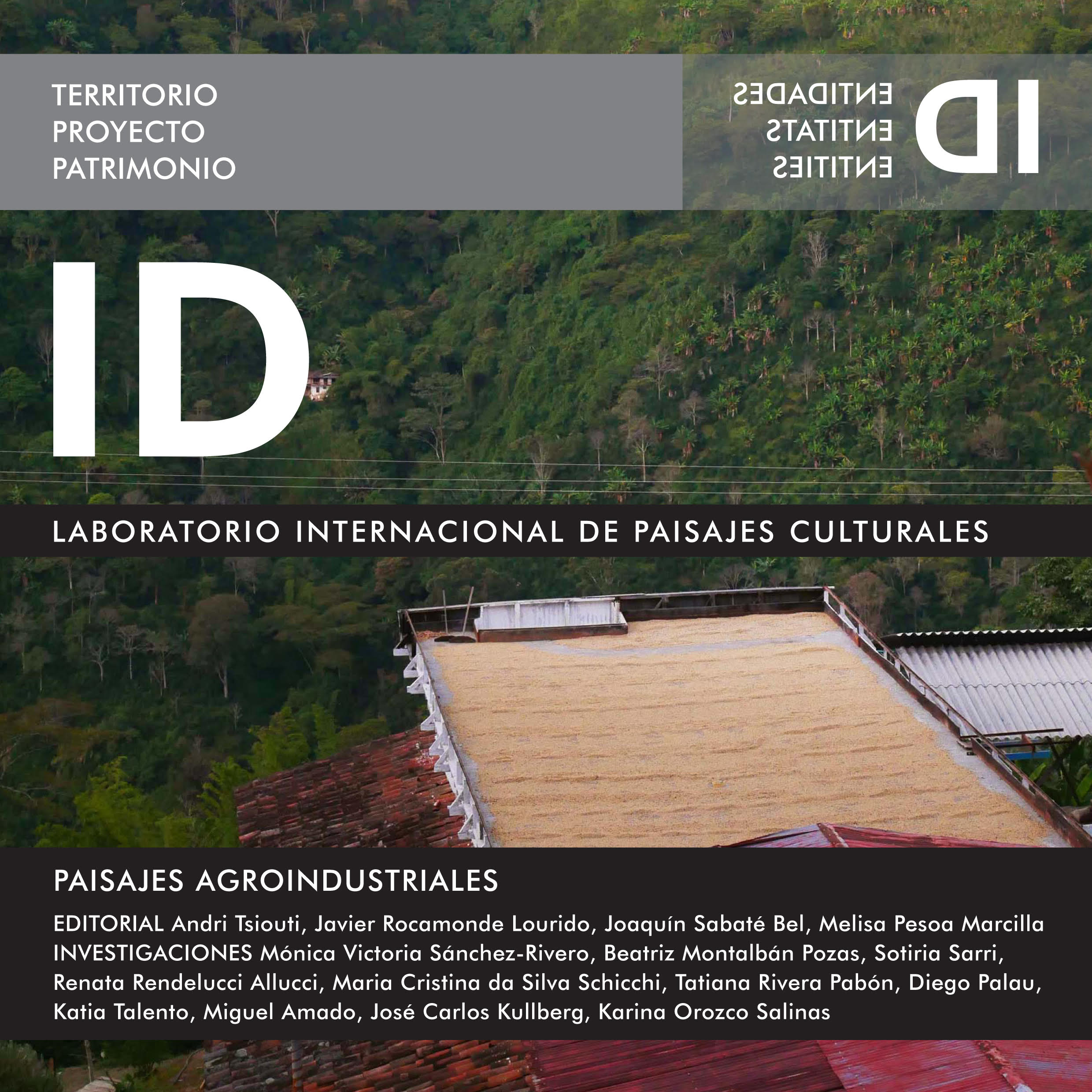CARACTERIZACIÓN DE FIESTAS ITINERANTES EN EL PAISAJE SALINERO DE CHILE La fiesta de la Sal (Cáhuil) y la fiesta de San Andrés (Ciruelos) [CHARACTERIZATION OF ITINERANT FESTIVALS IN THE SALT LANDSCAPE OF CHILE The feast of Salt (Cáhuil) and the feast of San Andrés (Ciruelos)]
DOI:
https://doi.org/10.5821/identidades.10267Abstract
El paisaje salinero artesanal constituye una serie de componentes tangibles e intangibles, en donde las celebraciones pueden ser un factor de diversidad cultural en un mundo globalizado. Así, el interés de esta investigación es aportar data empírica de fiestas itinerantes en torno al paisaje de la sal de mar chileno que han sido exiguamente estudiadas. Para ello, se investiga la fiesta de la sal (Cáhuil) y la fiesta de San Andrés (Ciruelos), adscritas a las salinas de la zona de Cáhuil, con el objeto de caracterizar sus dinámicas territoriales y vínculos con la actividad salinera. La metodología se basa en trabajo de campo, entrevistas y estudio de casos, mediante un análisis descriptivo y cualitativo. Los resultados han develado la relación socio-territorial entre las celebraciones y el paisaje, siendo elementos dinamizadores y difusivos. Concluyentemente, las fiestas pueden constituir componentes diferenciadores, siendo fundamental su caracterización para mayor compresión del paisaje y territorio.
Palabras clave: salinas de Chile, paisaje salinero, fiesta de la sal, fiesta de San Andrés
ABSTRACT
The artisanal salt landscape constitutes a plot of tangible and intangible components, where celebrations can be a factor of cultural diversity in a globalized world. Thus, the interest of this research is to provide empirical data on itinerant festivals around the Chilean sea salt landscape that have been meagerly studied. To do this, the festival of salt (Cáhuil) and the festival of San Andrés (Ciruelos), ascribed to the salt flats in the Cáhuil area, are investigated in order to characterize their territorial dynamics and links with the salt activity. The methodology is based on field work, interviews and case studies, through descriptive and qualitative analysis. The results have revealed the socio-territorial relationship between the celebrations and the landscape, being dynamic and diffusive elements. In conclusion, festivals can constitute differentiating components, their characterization being essential for a better understanding of the landscape and territory.
Keywords: Chile salt flats, saline landscape, feast of Salt, feast of San Andrés
Downloads
Published
Issue
Section
License
Those authors who have publications with this journal, accept the following terms:
a. Authors will retain their copyright and guarantee the journal the right of first publication of their work, which will be simultaneously subject to the Creative Commons CC BY-NC-ND-4.0 recognition license that allows third parties to share the work provided that its author and its first publication are indicated in this journal, but they cannot be changed or used commercially.
b. Authors may adopt other non-exclusive license agreements for the distribution of the version of the published work (eg: deposit it in an institutional telematic archive or publish it in a monographic volume) provided that the initial publication in this journal is indicated.
c. Authors are allowed and recommended to disseminate their work through the Internet (e.g. in institutional telematic files or on their website) before and during the submission process, which can lead to interesting exchanges and increase citations. of the published work. (See The effect of open access).













